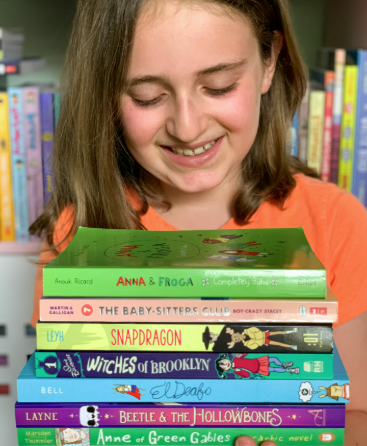Graphic novels have become a valuable tool in modern literacy education. Once thought of as casual or light reading, these richly illustrated stories now hold a respected place in classrooms and libraries. For students and readers of all ages, graphic novels offer a bridge between visual storytelling and traditional text, encouraging stronger reading skills and greater engagement.
Visual Support Enhances Comprehension
One of the most powerful features of graphic novels is their ability to pair images with words. This visual context helps readers, especially those who are developing their literacy skills, make sense of new vocabulary and complex ideas. The illustrations serve as clues, guiding the reader’s understanding of the plot, character emotions, and narrative tone. This dual input—visual and textual—can lead to improved comprehension and retention.
Motivation Through Engaging Content
Many reluctant readers find graphic novels more approachable than lengthy texts. The combination of dynamic art and concise dialogue makes the reading experience less intimidating. For some, this format reignites interest in stories and learning. Teachers and parents often observe that students who previously struggled to finish a chapter book are eager to complete graphic novels, leading to increased reading stamina and confidence.
Building Vocabulary and Language Skills
Although the text in graphic novels is often more concise, it is by no means limited. Writers of graphic novels use expressive language, idioms, and rich dialogue to move the story forward. Readers absorb new words in context, which supports vocabulary growth and language development. Additionally, many graphic novels explore diverse themes and settings, exposing readers to various cultures, ideas, and perspectives.
Critical Thinking and Inference
Graphic novels require readers to interpret both words and images, often inferring meaning from subtle visual cues. This process strengthens critical thinking and analytical skills. Readers learn to “read between the panels,” understanding what is suggested but not directly stated. This skill—inferring meaning—is a key component of strong reading comprehension and is transferable to other forms of literature.
Accessible Across Age Groups and Interests
Today’s graphic novels span every genre and target audience, from young children to adults. Educational publishers now produce graphic novels that cover history, science, classic literature, and social-emotional learning. This accessibility makes them a versatile resource for educators seeking to support reading growth in diverse student populations.
Final Thoughts
Graphic novels are more than entertainment—they are effective educational tools that meet students where they are. By engaging readers with vivid art and compelling stories, they foster a love of reading, improve literacy skills, and encourage lifelong learning. Whether in a classroom, library, or at home, graphic novels offer an inclusive path to reading success.


